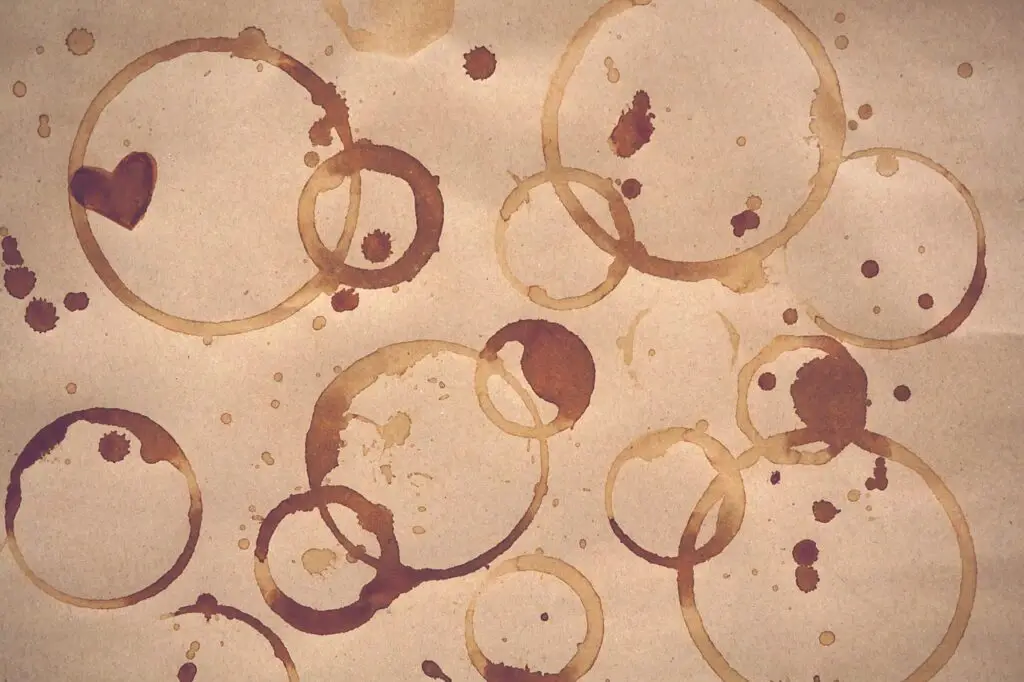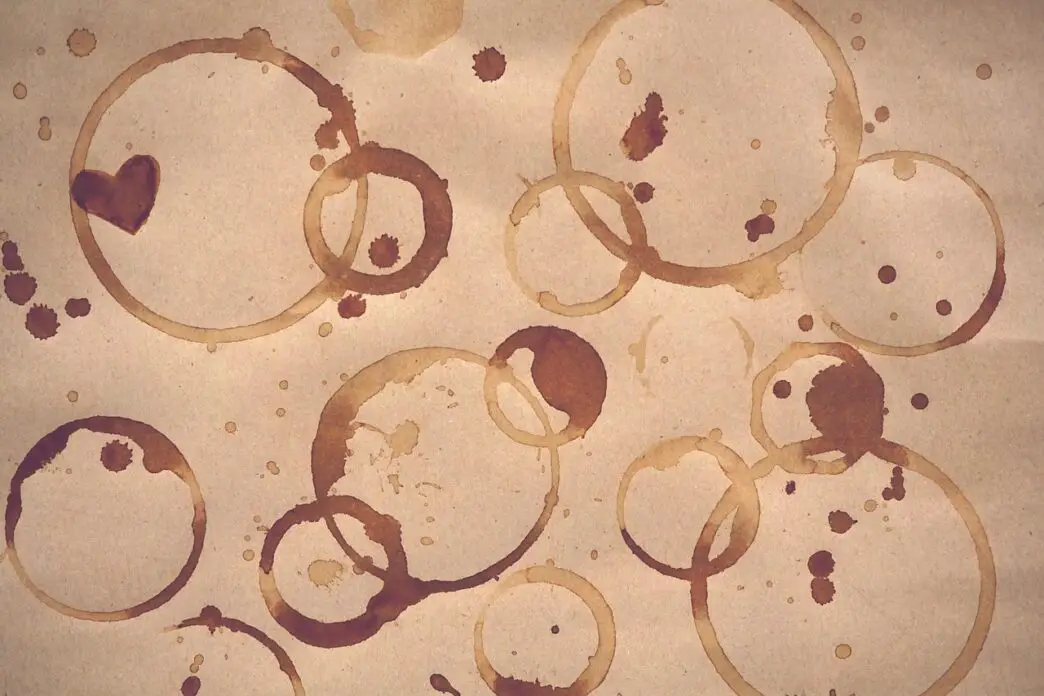
Spilling coffee on your favorite shirt is a morning ritual gone wrong. The dark, stubborn stain can feel like a disaster, especially when you’re rushing out the door. Worse, the sting of losing your precious coffee adds insult to injury. But don’t worry—cleaning up coffee stains doesn’t have to be a hassle. With a few household items and quick action, you can save your clothes and get back to enjoying your brew.
In this guide, we’ll walk you through step-by-step methods to remove coffee stains, highlight the best products, and share tips for different fabrics. Let’s get started.
Why Coffee Stains Are Tricky
Coffee stains are tough because coffee contains tannins, oils, and acids that cling to fabric fibers. If the coffee has milk or sugar, the stain becomes even stickier, making prompt action essential. The sooner you treat the stain, the better your chances of removing it completely. Left untreated, the stain can set, especially if exposed to heat, like in a dryer.
Step-by-Step Guide to Removing Coffee Stains
Here’s a clear, practical approach to tackling coffee stains on clothes. Act fast for the best results.
1. Blot and Rinse with Cold Water
As soon as the spill happens, grab a clean cloth or paper towel and blot the stain to soak up excess coffee. Don’t rub—this spreads the stain deeper into the fabric. Next, run cold water through the back of the stain for 10-15 minutes to flush out as much coffee as possible. Cold water is key; hot water can set the stain, especially on cotton or linen. If you’re not at home, use cool sparkling water or a damp cloth to blot until you can rinse properly.
2. Apply Salt or Baking Soda
For fresh stains, sprinkle table salt or baking soda generously over the affected area. Both act as absorbents, pulling the coffee out of the fabric and preventing it from spreading. Let it sit for 1-2 minutes, then brush off with a dry cloth. Salt is especially handy for quick fixes on the go, while baking soda’s mild abrasiveness helps lift the stain. This step preps the fabric for washing and reduces the stain’s intensity.
3. Spot-Treat with White Vinegar
White vinegar is a powerhouse for breaking down coffee stains. Mix one part white vinegar with one part cold water, dab it onto the stain with a clean cloth, and let it sit for 5-10 minutes. Blot gently, then rinse with cold water. Vinegar can leave a smell, so use it sparingly and wash the garment afterward. For stubborn stains, soak the fabric in a solution of 1 quart warm water, 1/2 teaspoon dish soap, and 1 tablespoon white vinegar for 15 minutes before rinsing.
4. Wash the Garment
Check the care label and wash the clothing in the warmest water safe for the fabric. Use a detergent with stain-fighting enzymes, especially if the coffee had milk or sugar. Avoid the dryer until the stain is gone—heat can set any remaining traces, making them nearly impossible to remove. Air-dry the garment and inspect it while damp. If the stain persists, move to the next step.
5. Try Alternative Methods
If the stain lingers, don’t give up. Here are a few other household remedies:
- Toothpaste: Apply non-gel white toothpaste to the stain, scrub gently with an old toothbrush, and rinse. It acts as a mild abrasive.
- Baby Powder: Sprinkle baby powder on the stain, let it absorb the liquid for a few minutes, then brush off and rinse. It works like salt for fresh stains.
- Rubbing Alcohol: For set-in stains, dab rubbing alcohol with a sponge, working from the outside in, then rinse and wash. Avoid on delicate fabrics like silk.
- Oxygen Bleach: For white cotton, soak in a solution of 1/4 cup oxygen bleach and 1 gallon of water for 5 minutes, then wash. Check the label to ensure it’s safe.
The Best Products for Coffee Stains
You don’t need fancy cleaners—common household items work wonders. Here’s a comparison of the top three, based on effectiveness and availability.
| Product | How It Works | Best For | Pros | Cons |
|---|---|---|---|---|
| Salt | Absorbs liquid, prevents spreading | Fresh stains, all fabrics | Cheap, widely available, quick | Less effective on dried stains |
| Baking Soda | Absorbs oil, mildly abrasive | Fresh and dried stains, most fabrics | Highly effective, odor-neutral | Can be abrasive on delicate fabrics |
| White Vinegar | Breaks down stain molecules | Fresh and set-in stains, most fabrics | Affordable, versatile | Smells, requires rinsing |
Salt is your go-to for immediate action. Pour a generous amount on a wet stain, let it sit, and brush off. It’s simple and prevents the stain from setting.
Baking Soda shines for both fresh and dried stains. Make a paste with water (3:1 ratio), apply it, let it sit for 15-30 minutes, and rinse. It’s especially effective on cotton and polyester.
White Vinegar tackles tough stains but requires careful use due to its odor. Dilute it for spot treatments or add it to a soak for deeper cleaning.
Fabric-Specific Tips
Not all fabrics are created equal, and coffee stains behave differently depending on the material. Always check the care label before treating. Here’s a quick guide:
- Cotton and Linen: Rinse with cold water immediately. Soak in a vinegar-detergent solution for tough stains. Safe for oxygen bleach if white.
- Polyester and Synthetics: Soak in warm water with dish soap and vinegar. Avoid harsh scrubbing to prevent pilling.
- Silk and Wool: Use cold water and mild detergent. Avoid vinegar or alcohol, which can damage delicate fibers. Blot gently, don’t rub.
- Spandex and Leather: Skip bleach and vinegar. Use a mild dish soap solution and blot carefully.
For stain-resistant fabrics, a cold-water rinse might be enough, but most everyday clothes need extra care. When in doubt, test any solution on an inconspicuous area first.
Bonus Tips for Coffee Lovers
- Carry a Stain Pen: Keep a stain pen (like Tide To Go) in your bag for emergencies. It’s a lifesaver for spills away from home.
- Act Fast: Treat stains within minutes to prevent them from setting. Even a quick blot with a napkin helps.
- Avoid Heat: Never dry or iron stained clothes until the stain is gone. Heat locks in the stain.
Final Thoughts
Coffee stains don’t have to ruin your day—or your wardrobe. With household items like salt, baking soda, and vinegar, you can tackle fresh and set-in stains on most fabrics. The key is to act quickly, use cold water, and follow the care label. Whether you’re dealing with a drip on your white tee or a splash on your jeans, these methods will help you sip your coffee with confidence. Got a stubborn stain? Try one of our alternative remedies and let us know how it works in the comments. Happy brewing—and stain-fighting!

